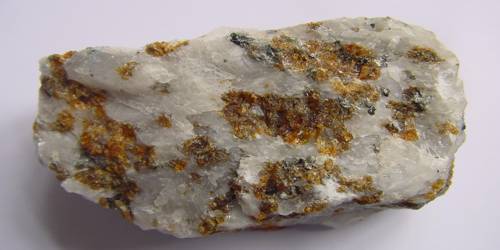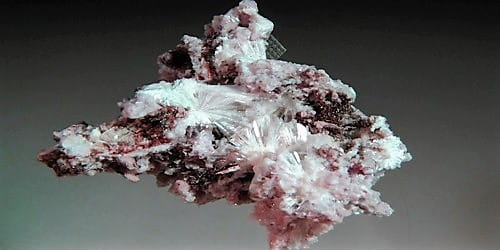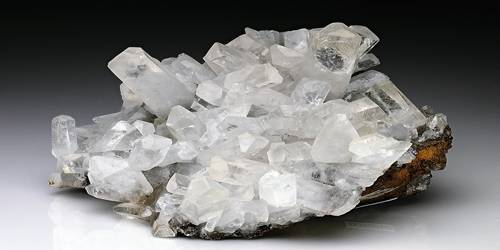In order to find the mineral reserves that are essential to our transition to a “green economy,” scientists have created a new toolbox.
A study lead by Lawrence Carter from the Camborne School of Mines at the University of Exeter has provided exciting new insights into the search for copper deposits of the porphyry variety.
Most of the world’s copper and molybdenum, as well as significant quantities of gold and other metals, are found in porphyry-type deposits. These materials are increasingly in demand for power transmission and for use in green technologies like electric vehicles, wind turbines, and solar panels.
Many mining corporations have them as their primary aim, and in order to find them, they use a variety of intrusive and expensive exploration procedures.
Large magma chambers several kilometers below the Earth’s surface are where porphyry-type deposits first begin to form. They are uncommon, and the majority of the massive near-surface examples have already been discovered.
We provide a textural framework for exploration geologists to assess the likely 3D architecture of porphyry-type deposits before employing more invasive and expensive techniques.
Lawrence Carter
In order to find deeper and possibly smaller deposits using methods that abide by ever-stricter environmental restrictions, new approaches are required to meet the future demand for copper.
The researchers demonstrate that specific rock textures that have been preserved may be a good predictor of the kinds of physical processes that formed these deposits.
Due to their frequent tiny size, inadequate exposure, or simple non-recognition when met, such textures have previously received inconsistent understanding.
The latest study was conducted in the Nevadan region of Yerington, where tilting of the upper crust has produced a cross-section across four porphyry-type deposits and their host rocks that is worldwide unique. As a result, earlier research in the area served as the foundation for most of what is known about the formation of porphyry-type deposits today.
Lawrence Carter, a final year PhD student and Research Associate at Camborne School of Mines, based at the University of Exeter’s Penryn Campus said: “We provide a textural framework for exploration geologists to assess the likely 3D architecture of porphyry-type deposits before employing more invasive and expensive techniques.”
Professor Ben Williamson, co-author of the study and Associate Professor in Applied Mineralogy at Camborne School of Mines added: “this innovative applied study, led by one of the UK’s leading young geo-scientists, will provide much needed field criteria for the discovery of economically important and green-technology-crucial porphyry-type deposits.”
NERC GW4+ DTP, the Society of Economic Geologists Foundation, supported the research and the NERC highlight topic “FAMOS.”
















